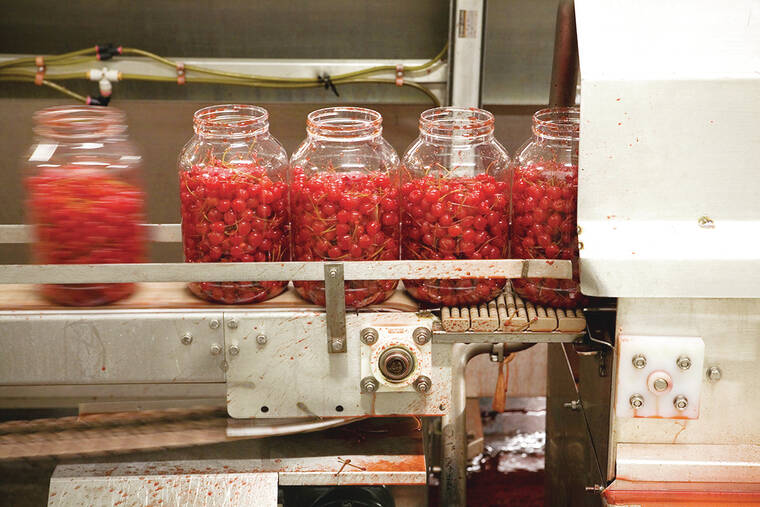FDA bans red dye 3 in foods, linking it to cancer in rats
The Food and Drug Administration on Wednesday banned the use of Red Dye No. 3 in food, beverages and drugs, more than three decades after the synthetic coloring was first found to cause cancer in male laboratory rats.
The dye, a petroleum-based additive, has been used to give candy, soda and other products their vibrant cherry red hue. Consumer advocates said the FDA’s decision to revoke the authorization was long overdue, given the agency’s decision in 1990 to ban the chemical for use in cosmetics and topical drugs.
ADVERTISING
Under federal rules, the FDA is prohibited from approving food additives that cause cancer in humans or animals.
“This is wonderful news and long overdue,” said Melanie Benesh, vice president for government affairs at the Environmental Working Group, one of several organizations that petitioned the agency to take action on the additive. “Red Dye 3 is the lowest of the low-hanging fruit when it comes to toxic food dyes that the FDA should be addressing.”
Beginning in 2027, companies would have to start removing the dye from their products. Imported foods sold in the United States would also have to remove the additive.
Although the dye is still used in hundreds of products, many companies have been switching to other food colorings, a move that accelerated after California in 2023 became the first state to ban Red 3 along with three other food additives that have been linked to disease. The dye has also been linked to health concerns for children.
In announcing the ban, the agency downplayed the risks to humans, saying that researchers had not found similar cancer risks in studies involving animals other than male rats. Claims that the use of Red Dye No. 3 “in food and in ingested drugs puts people at risk are not supported by the available scientific information,” Jim Jones, the FDA’s deputy commissioner for human foods, said in a statement.
Sarah Gallo, senior vice president of product policy and federal affairs for the Consumer Brands Association, a trade group, said food and beverage companies would comply with the agency’s decision.
A spokesperson for the International Association of Color Manufacturers, though, said the group disagreed with the agency’s decision, arguing that “no credible safety concerns” related to Red No. 3 in food had been identified.
First approved for use in food in 1907, Red Dye No. 3 was banned in cosmetics in 1990 by U.S. regulators.
It is already banned for food use in Europe, Australia and New Zealand, with a notable exception: maraschino cherries.
This article originally appeared in The New York Times.





